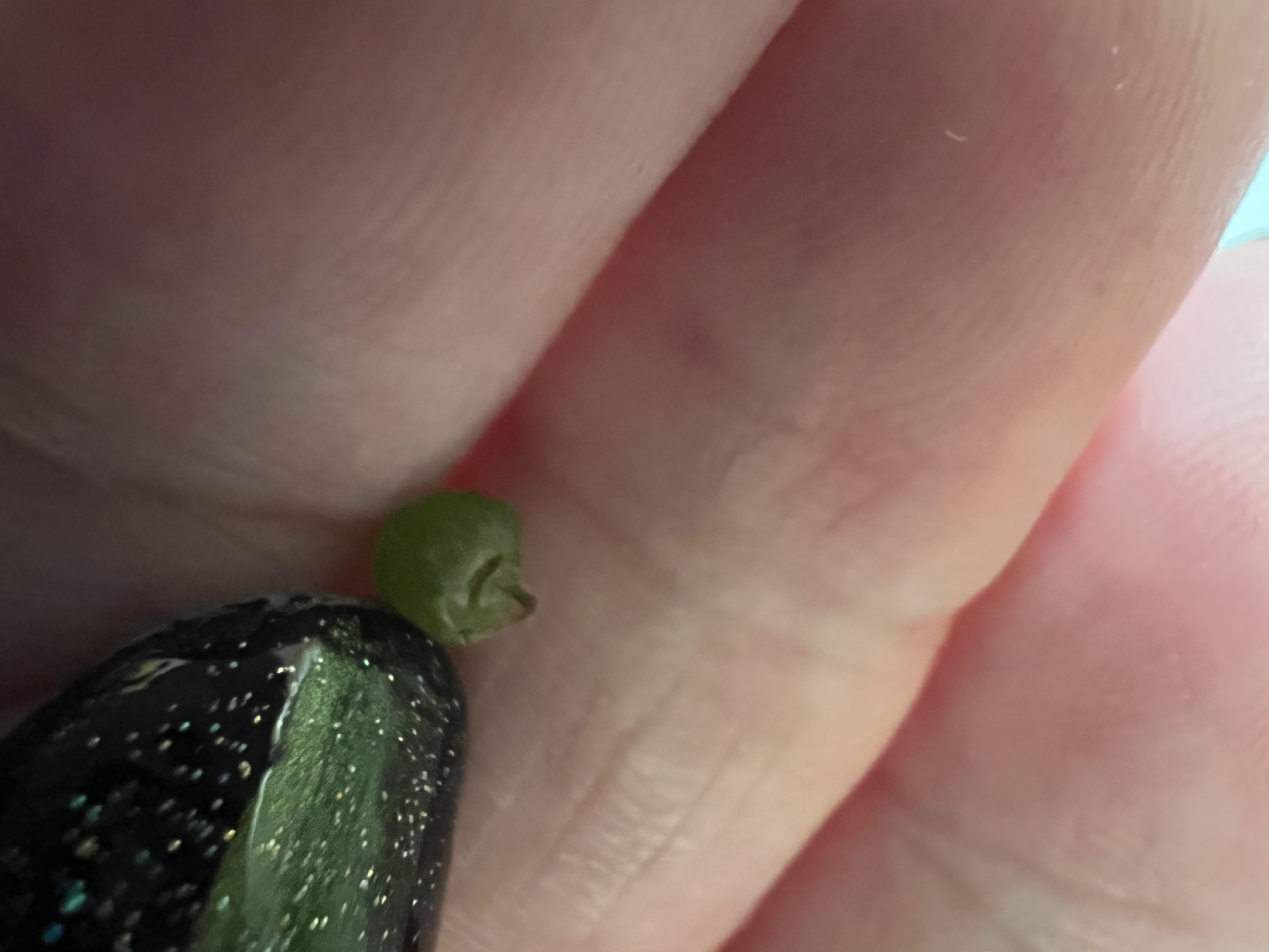Sicklevine
Basic Information
Anatomy
Sicklevine consists of a long central vine growing at ground level with numerous shoots which bare leaves and tiny flowers which become 1-3 cm berries. Green in summer, the first ripening is mildly poisonous. A second ripening occurs near the end of autumn after the vines and fruit turn purple, a chemical reaction producing a deadly form of the poison avoided by all but a couple species of subterranean insects.
Growth Rate & Stages
Ancient roots produce fast spreading vines with crescent-shaped prickly leaves. The plants are wrapped into loops by low flying grouse to protect nests and obscure them from predators. The first ripening produces tiny blue flowers and then tiny green berries.
At midsummer, the central vines are tapped for their oils. Resilient, the plants grow fuller and become increasingly purple through Autumn. A second blooming of blue and lavender flowers produce purple berries, collected and stored for the winter by jelly producing ground insects including Crumple Bugs.
At midsummer, the central vines are tapped for their oils. Resilient, the plants grow fuller and become increasingly purple through Autumn. A second blooming of blue and lavender flowers produce purple berries, collected and stored for the winter by jelly producing ground insects including Crumple Bugs.
Ecology and Habitats
Subtropical region in hillsides and lower mountainsides of coastal mainland and archipelago island regions of the northern hemisphere of Eydan.
Dietary Needs and Habits
Rich soil, moisture, and intermittent indirect sunlight.
Additional Information
Uses, Products & Exploitation
The Sicklevine is one of three herbs used to produce a Truth-tellers Serum used primarily in incense. Only the Midsummer oil is legally collected by local Eyan. The purple berries are too toxic and fragile for personal or commercial use.
Conservation Status
Sicklevine is a poisonous invasive species. No attempts at conservation are needed. No attempts are made to cut back the vines in wild spaces. Hardy roots are nearly impossible to kill and produce new vines every year which protect nesting grounds of wild grouse, a necessary source of meat and feathers.






Comments